We’ve talked before about how cooking is really a science, and some of the tools used for cooking are fine pieces of tech. Today I’m going to talk about a method of cooking that is absolutely reliant on technology. Sansaire translates roughly to “without air” in French and the Sansaire 1.5 immersion circulator helps you cook without air using the sous vide technique. This review will talk about just how easy it is to cook sous vide, and why you’ll want an immersion circulator of your very own.
Specifications
- Power: 1100 Watts
- Temperature range: 32°F – 212°F/0°C – 100°C
- Temperature stability: ± 0.1 degree at 140°F/60°C
- Circulation: 3 gal / 11 L per minute
- Bath size: 6 gal / 23 L
- Safety: Overheat/low water level protection
- Weight: 4 lbs/1.8 kg
- Dimensions: 4 x 4 x 15 in/10 x 10 x 38 cm
What’s in the Box
- Sansaire V1.5 immersion circulator
- Power cord
- Instruction manual
- Sous vide cooking guide
- Sansaire Steak Aging Sauce sample
- 5x Sample recipe cards
Design
The Sansaire 1.5 immersion circulator is a cylinder approximately 3 ½” in diameter and 14 ¾” tall. It has a slight hourglass shape, where the middle is just very slightly thinner than the top and bottom. The top of the device features the Sansaire name mark as well as the power button, the target button, and the C/F button. The power button is pretty straightforward. The target button briefly shows the target temperature on the display when pressed. This is helpful if your water bath is still warming up, you’ll be able to see what temperature it should be getting to. The C/F button allows you to change between Celsius and Fahrenheit units of measurement.
Just below the top of the device is the temperature ring. This grey ring is used to set the temperature of your water bath. Simply turn the ring until the display shows your preferred temperature, and the Sansaire 1.5 will start to heat the water to that exact temperature. Just below the temperature ring is the display, which will show your current temperature. On the back of the device is the power input, where you’ll plug the power cord into your device. Just below that is the reset button, which will trip if your water level gets too low. Below that is a large metal clamp that opens easily and closes securely to hold your circulator to the side of your container.
On the front of the circulator close to the middle, you’ll see the minimum and maximum fill lines. You’ll want to be sure that the water in your container stays between those two lines. At the bottom on the back side of the circulator, you’ll find the back cover, which comes off to give you access to the heating element and pump impeller for when you need to clean your Sansaire. The front side at the very bottom has the pump outlet, where water is expelled to keep the water bath at a consistent temperature.
Ease of Use
So now that we’ve talked about what the circulator itself looks like, I should probably explain what sous vide cooking actually is. Sous Vide is a very controlled type of cooking where food is sealed in a bag, and a water bath brings the food slowly up to an exact internal temperature. This is a very delicate style of cooking but it is suitable for a wide variety of foods. You’ve probably had food that was prepared sous vide without even knowing it. Restaurants have used this style of cooking for years because it allows for a very precise result every time.
Let’s use steak as an example. When you order a steak, chances are good you’ll be asked how you’d like your steak “done.” The various levels of doneness — rare, medium, etc. — all correspond with temperature plateaus reached during the cooking process. When you cook using most standard cooking methods, there is a lot of guesswork involved with getting a steak to the appropriate temperature, and stopping the cooking process before it gets too much past the desired doneness. Sous vide takes all of the guesswork out of that process. You’ll simply set the temperature to the level necessary to get your steak cooked the way you want it, and then simply wait for the steak to be cooked perfectly to that temperature.
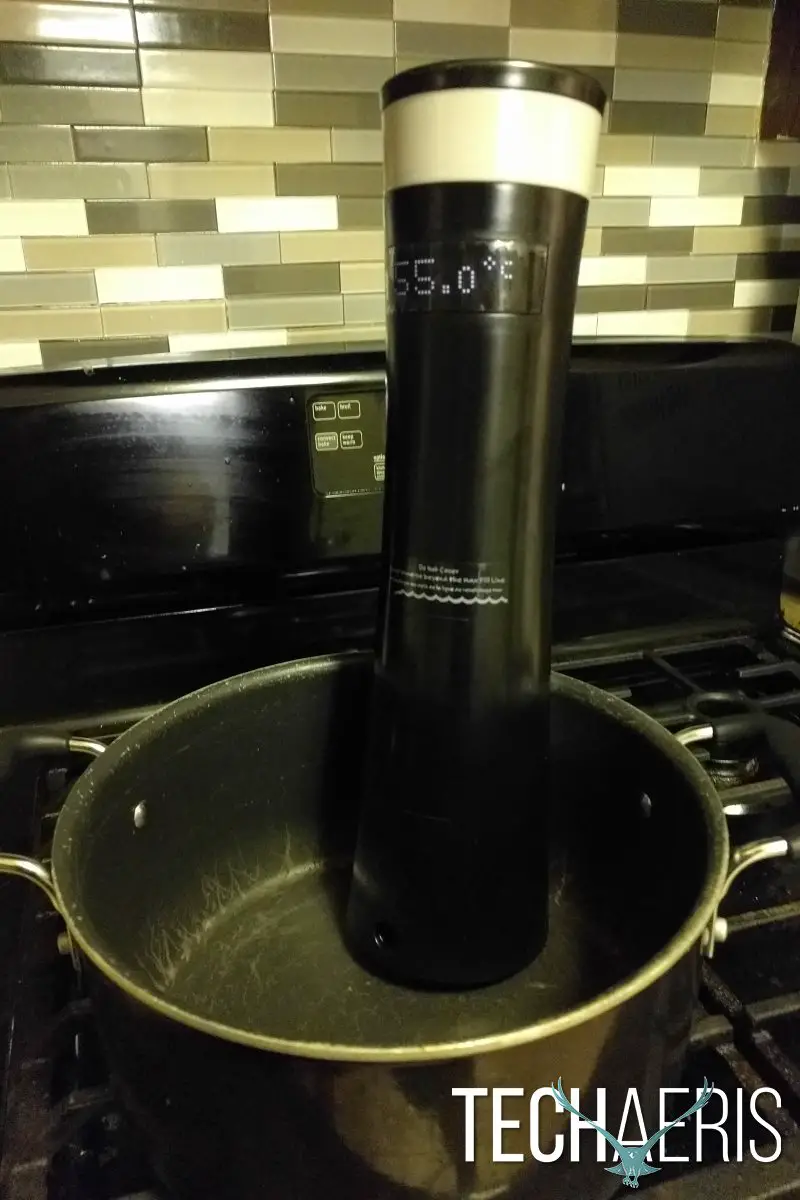
Sous vide cooking is really exceptionally easy, and the Sansaire 1.5 is incredibly easy to use. All you’ll really need is your Sansaire immersion circulator, a container, water, a bag to hold your food — in most cases a Ziploc freezer bag will be sufficient, though for longer cooking times (anything over 8 hours for larger or tough cuts of meat) a vacuum sealed bag is preferred — and whatever you want to cook. Your first step will be to determine your cooking temperature and time required. The Sansaire 1.5 comes with a booklet detailing several proteins and their cooking temperatures, though you can also find all kinds of information about sous vide cooking online. Once you’ve got your temperature, ensure your water bath is above the minimum fill line and turn on your circulator. Turn the temperature ring to your desired temperature, and the circulator will get to work. The water bath will heat pretty quickly depending on the temperature it shouldn’t take more than about five minutes for the water bath to heat up.
Continuing using steak as an example, you can season your steak however you like — freshly ground pepper and some kosher salt are really all you’ll need — and place your steak into your Ziplock bag. You can put more than one steak into a bag, you’ll just want to be sure that they aren’t touching each other or overlapping. You can put a little bit of olive oil or butter in with your food to ensure any air pockets are filled and to add a bit of flavor too if you’d like.
Once your food is in the bag, you’ll want to get as much air as possible out from around your food. The easiest way to do this is to just place the bag into the water, and let the water pressure displace the air. You’ll want to be sure not to let any water get into the open top of the bag. Once your food is all the way below the water — and the top of the bag is still above water — you’ll be able to see that there is no air around it as the water will have pushed it all out of the way. If you continue to push the bag down into the water a bit, you’ll be able to close the top of the Ziplock bag (while it is still above the water, again, no water should get into your bag of food), getting as much air as possible out. You can then clip the bag to the side of your container to keep it from moving around or getting pulled down into the water.
As you become more comfortable with the cooking method, you’ll be able to better work with the bags, knowing when the food is safely under water, and a sufficient amount of air is out. After a little while, you may not even close the top of the bag all the way. I usually simply fold the top of the bag over the edge of my container to hold the food in place while it cooks. That’s for slightly more advanced use.
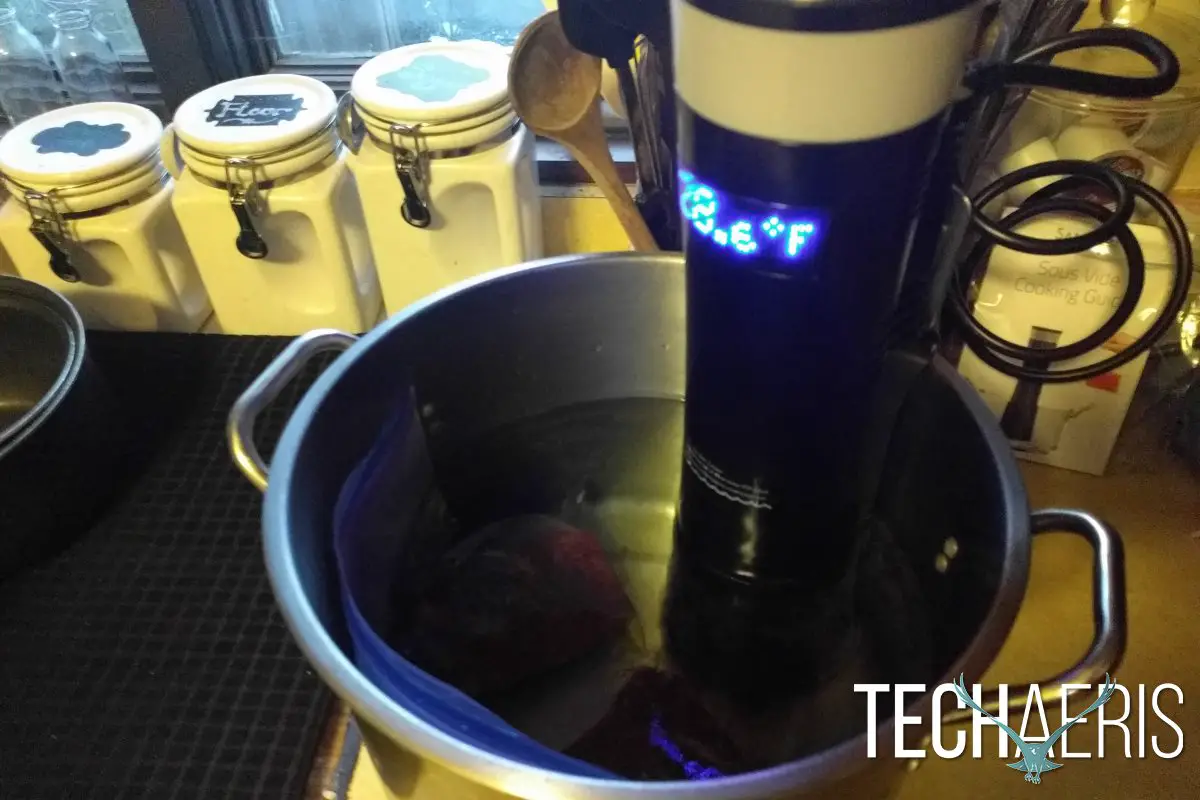
Once your food is in the bath, you simply have to wait. The good news here is that you don’t need to sit and watch the food as it cooks, it will happily do that on its own. You can watch TV, go for a walk, read a book, do pretty much anything you want. Even better? It’s practically impossible to overcook anything using this cooking method. So if your steak is going to take an hour to get up to temperature, but you get distracted and don’t check on it for an hour and a half, no worries. You’re cooking up to a specific temperature, so there’s no way for the food to be cooked above that temperature. You aren’t going to want to leave anything in there TOO much longer than it needs to go, but that’s more because food can become mushy rather than overcooked. That will only happen if food is left unattended for hours after it is done. A half hour or even an hour extra isn’t going to cause any harm.
Once your food is ready, there may be one more step depending on what you’re cooking: searing. With nearly every protein you’re probably going to want to sear after the cooking process is done. Searing adds flavor and texture, and really just creates an even better eating experience more often than not. To sear, you’ll want to take your steak out of the bag and dry it off (dry food sears better). Before taking the steak out of the water bath, you’ll want to preheat a skillet over high heat. You can melt a little butter, or put some oil in the pan if you’d like, there are plenty of tutorials online that will show you some great ways to sear your food. Place your steak in the pan for about 30-60 seconds per side. It’ll sizzle and whatnot, but the screaming high heat will allow the outside of the steak to sear without letting too much heat seep into the inside. You’ll be left with a perfectly cooked steak from edge to edge with a nice sear on the outside for extra flavor and texture.
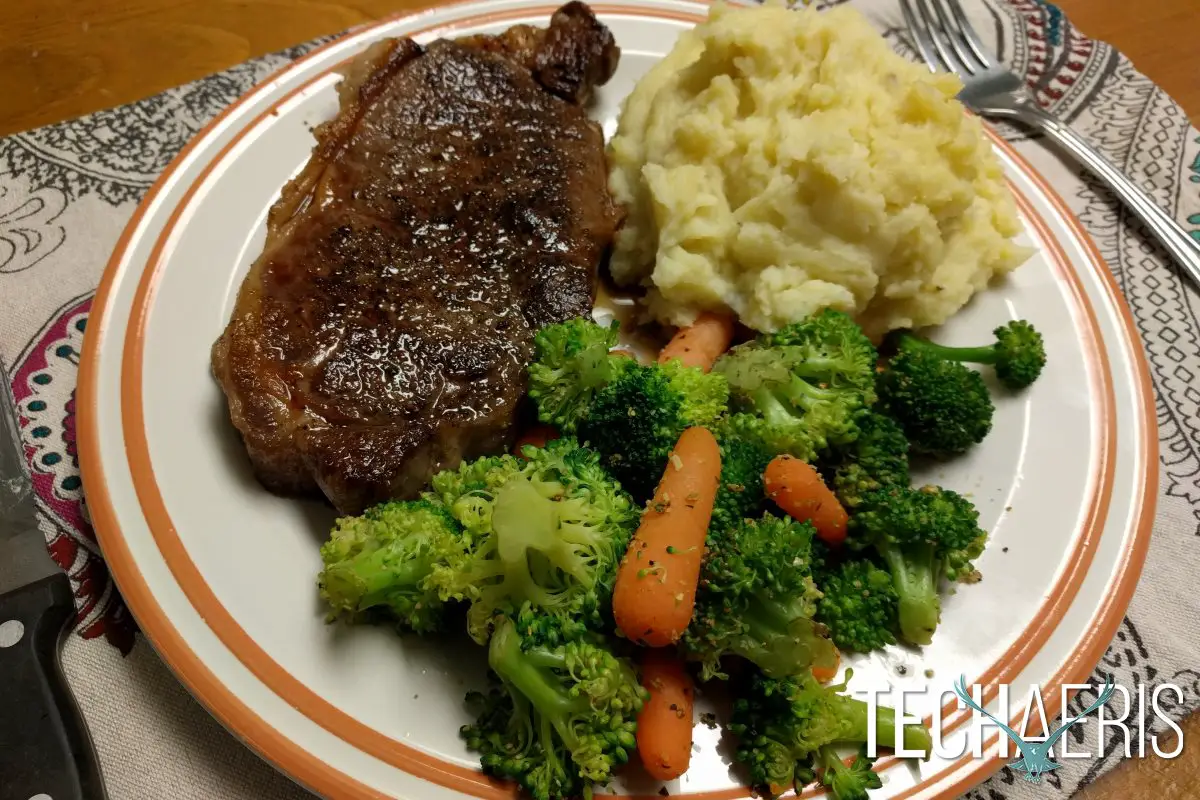
If any of that sounds too complicated, I’d like to assure you that it really isn’t. Some of the steps — particularly searing — will take some practice, but sous vide is honestly a very easy method of cooking, and the Sansaire 1.5 makes the process even easier. There’s a little preparation, some down time while your food is cooking, and then some active searing at the end. Believe me when I tell you the results will be worth it. This isn’t a type of cooking where you’re going to say “I’m hungry right now, let’s sous vide something.” Your food will definitely need time to be able to cook completely. Sous vide is perfect for planning ahead, where you can start to prepare your meal, then let it cook for awhile before coming back and preparing your side dishes, desserts, etc.
Performance
In a word: fantastic. I’ve mentioned on more than a few occasions that I’m a big dude, and believe me I love to eat. When I learned I’d be getting an immersion circulator to review my mouth literally started watering thinking about a perfectly cooked steak. It wasn’t long after I received the Sansaire 1.5 that I put it to the test, and threw all kinds of food at it to see how everything worked.
Steak was a given. I’ve cooked more steak than anything else so far and the results have been spectacular. Setting the temperature at about 132.8° F and putting a roughly 1” thick steak into the water bath for about an hour yields a perfect medium rare+/medium steak. A quick sear at the end and I can’t even put into words how delicious a nice filet mignon or New York strip comes out.
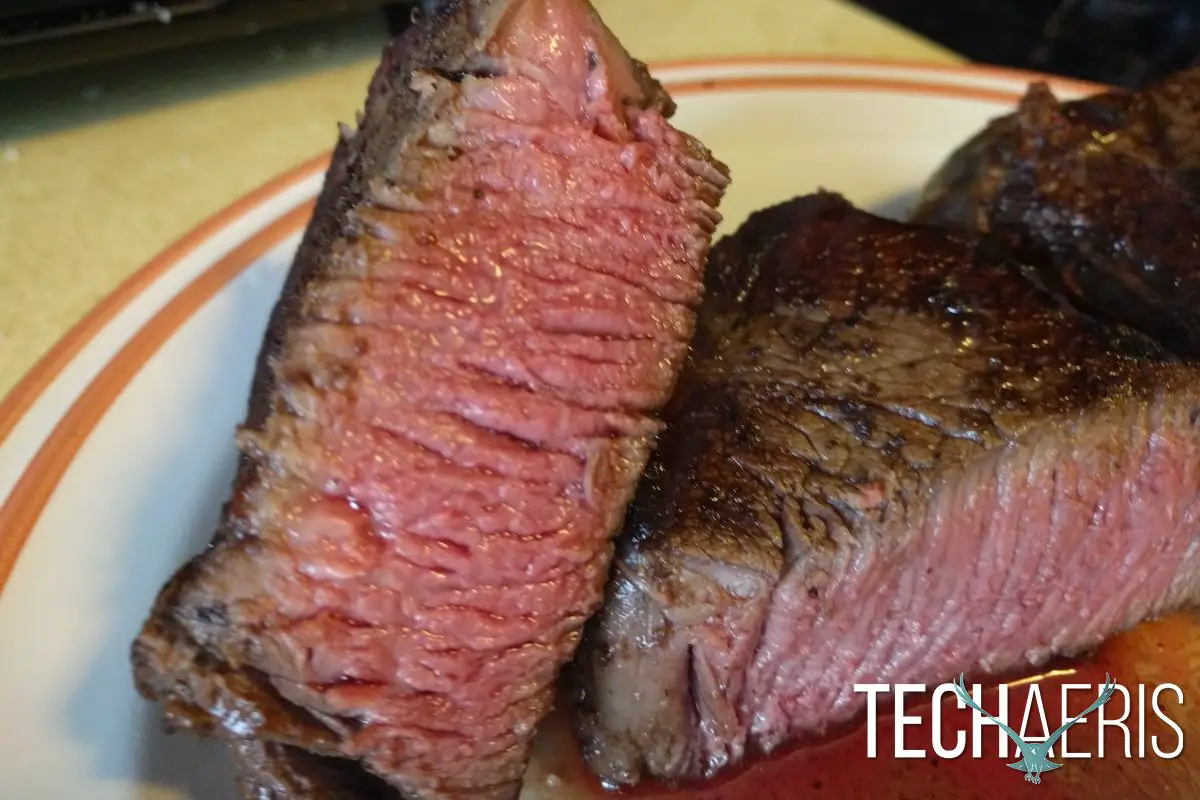
Salmon is just as easy. Set your temperature, season your salmon, cook for the allotted time, sear, and enjoy. Chicken comes out so completely juicy and delicious it’s just plain amazing. You’ll need to cook chicken a bit longer, obviously, though you can shorten the cooking time a bit if you plan to sear it at the end. I let it go for a full 90 minutes after seasoning with some BBQ rub and a couple pats of butter, and the chicken was perfectly cooked and amazingly juicy.
I’ve also tried shrimp, pork chops, and even carrots and some other vegetables and the results have all been great. I will warn that your food will have a slightly different texture than what you may be used to, but that’s because sous vide is a very delicate cooking style, whereas grilling, pan frying, etc. will break down your food in different ways due to the higher heat. Some may not immediately like that different texture, but it really is an incredible way to cook and I’d definitely recommend trying it.
Price/Value
The Sansaire 1.5 is priced at $199, and to be honest I feel it’s well worth that price. Right now though you can get a bit of a discount on Amazon, where the Sansaire 1.5 is currently $177.95. The machine itself is very solidly built, and it’s very easy to use. It’s simple to clean when necessary, and you really just need to see how well it works. I mean, the pictures in this review don’t even compare to how a perfectly cooked steak tastes when it comes out, or how a delicately cooked, juicy chicken breast tastes, how vegetables retain their nutrients and flavor when cooking sous vide, or how easy it is to poach eggs, or warm milk/formula to a specific temperature for newborns. I’m clearly very excited about sous vide cooking, and I’m confident that you will be too once you try it.
Wrap Up
If you’ve never heard the words “sous vide” before, I hope this review has given you an idea about the cooking style. If you love to cook, an immersion circulator is a great tool to have at your disposal, and the Sansaire 1.5 is a great immersion circulator that will give you some fantastic results. Even if you aren’t a seasoned chef, sous vide cooking really is ridiculously easy. It’s a great way to get started and see some amazing results right away. The Sansaire 1.5 immersion circulator easily takes home a Techaeris Top Pick for 2017. If you like to cook, you owe it to yourself to give the Sansaire immersion circulator a shot.
[rwp-review id=”0″]
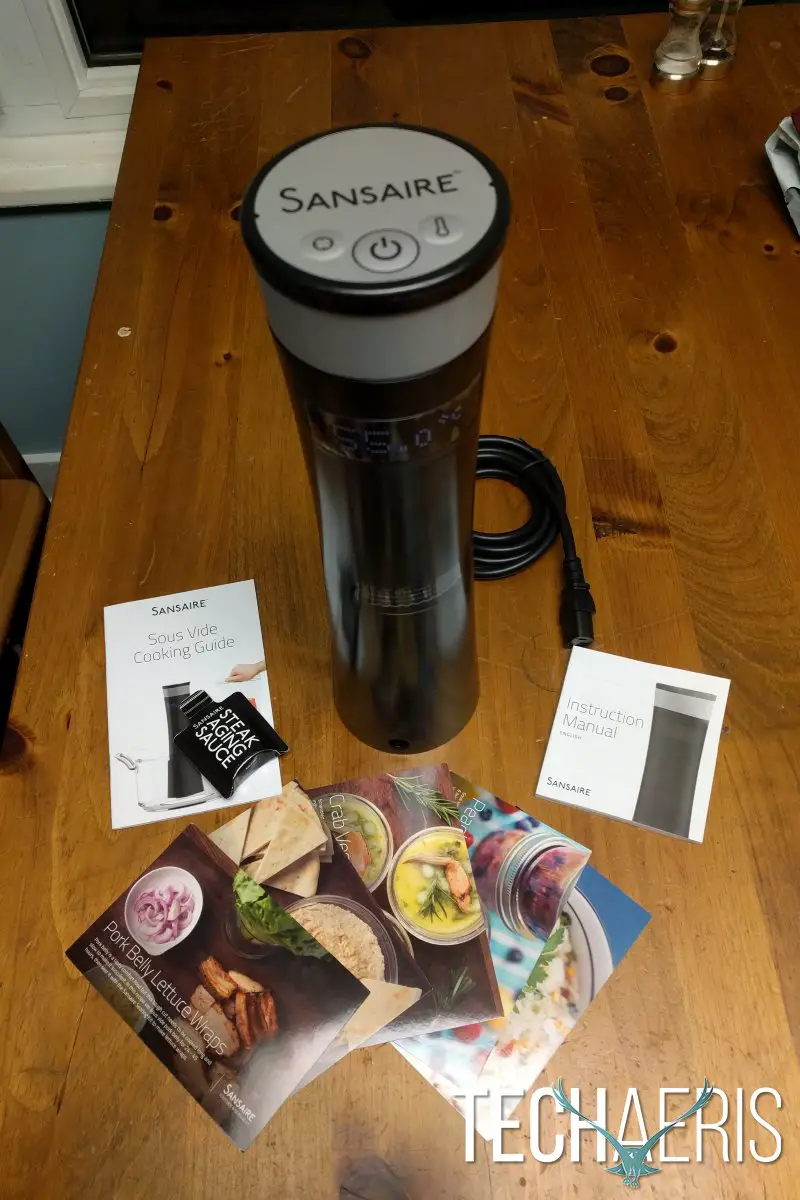
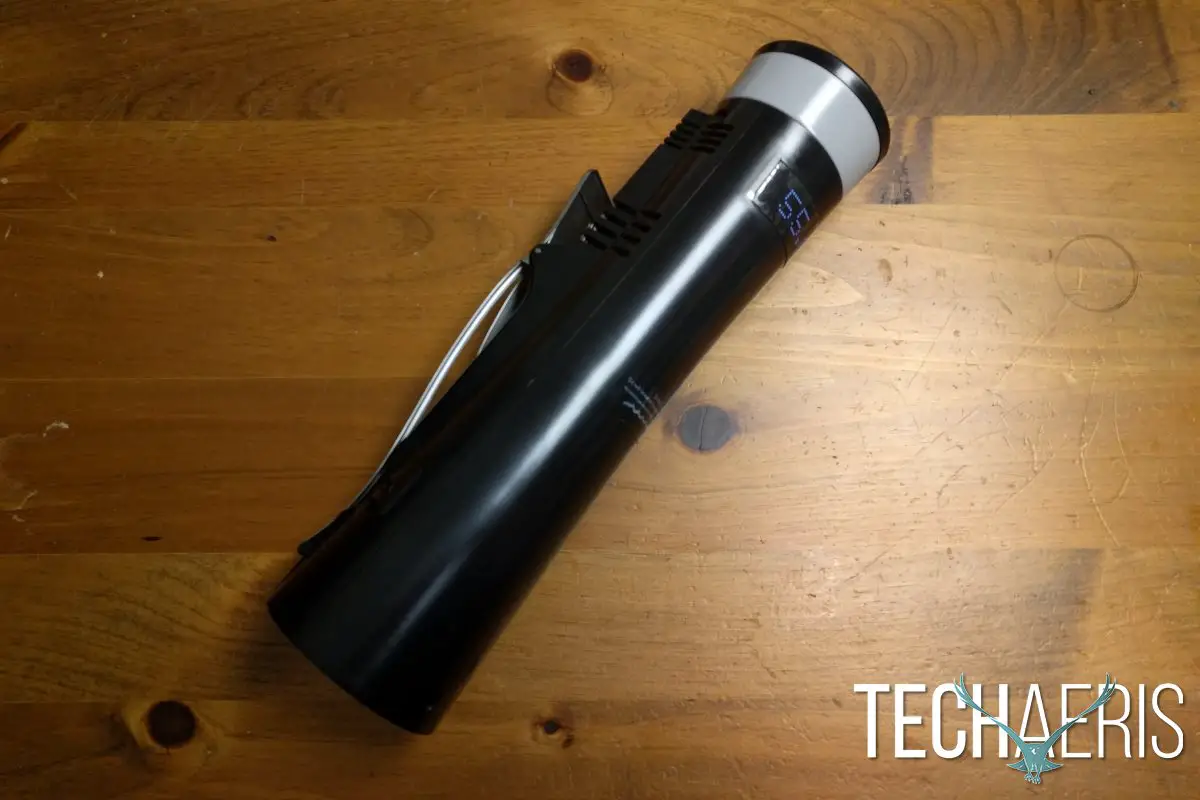

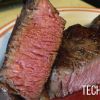



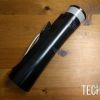
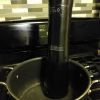
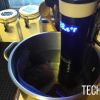
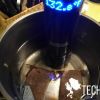

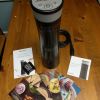
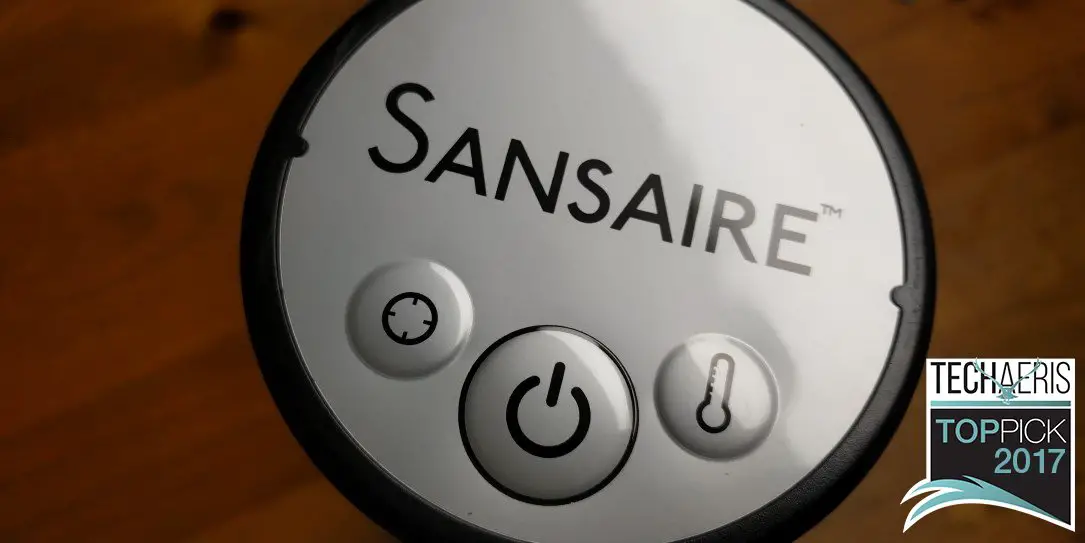
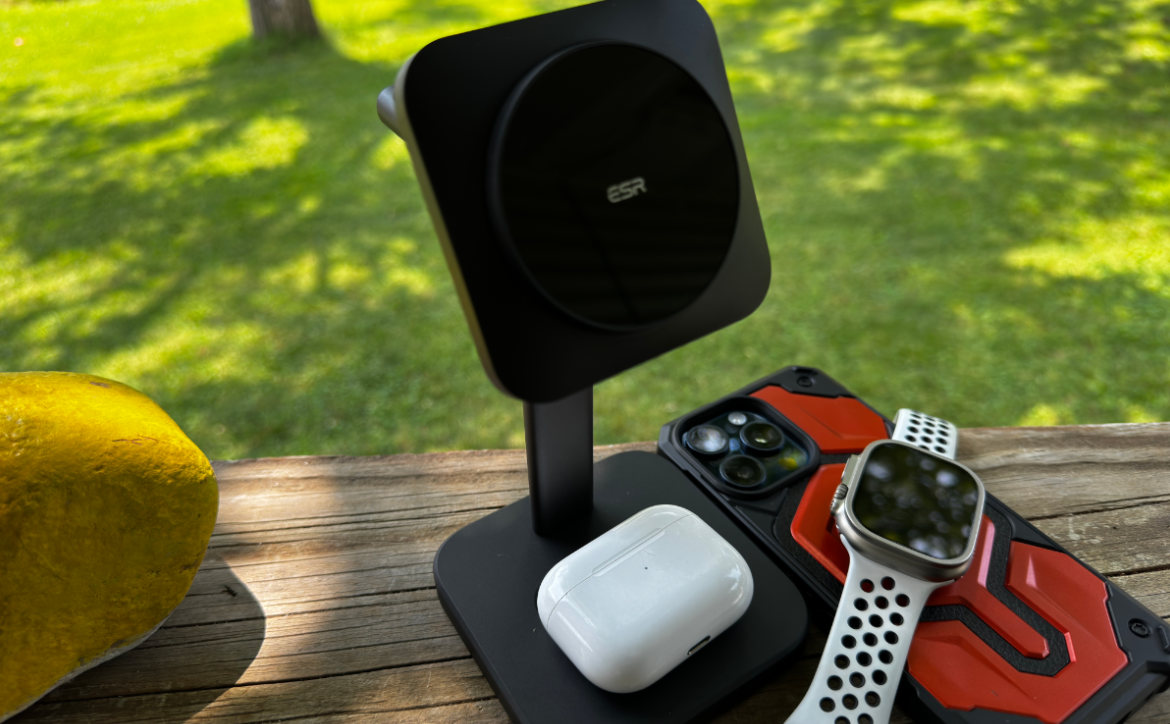
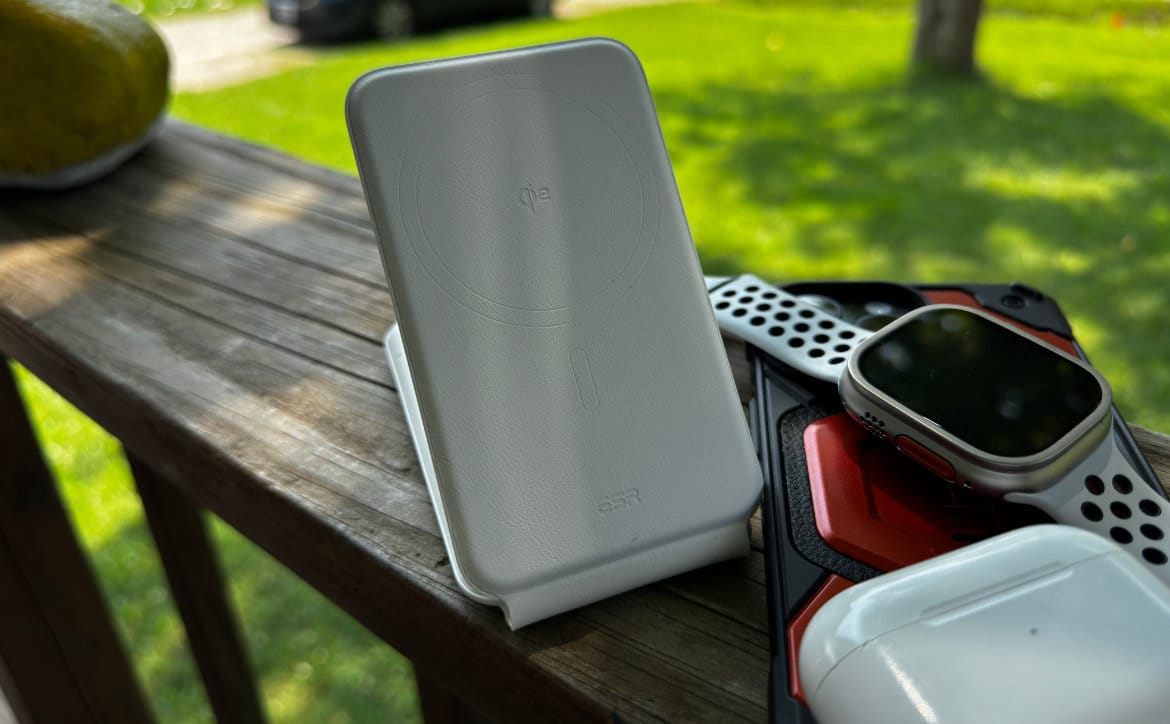
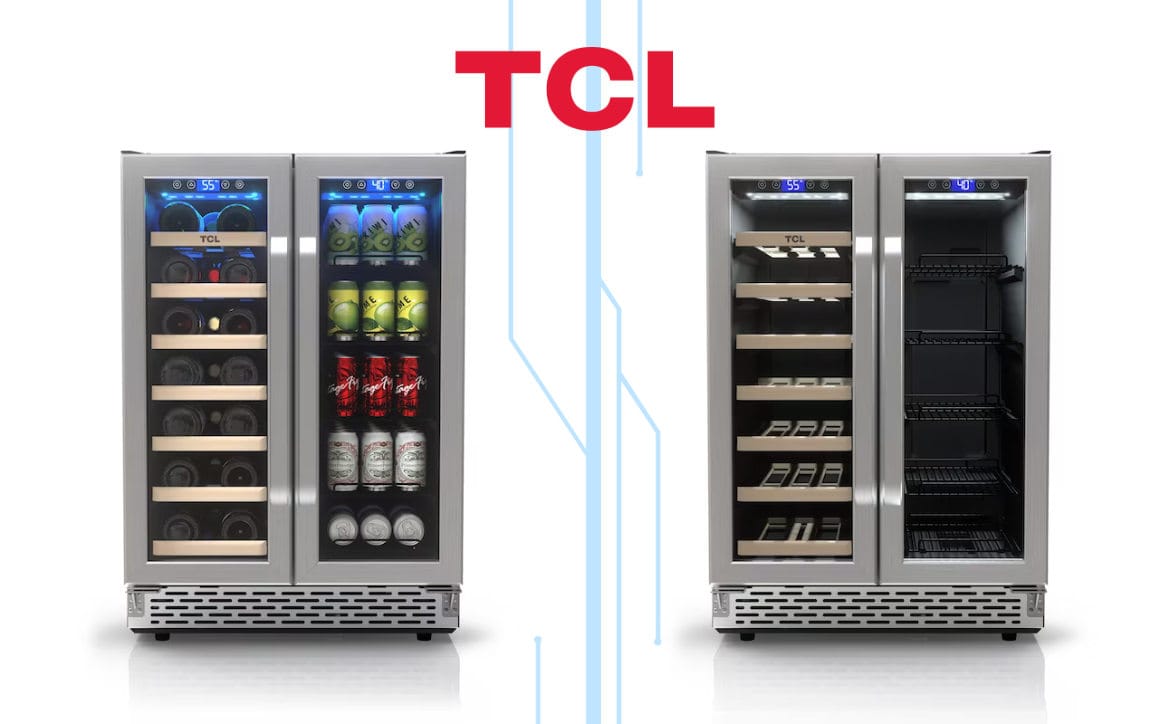
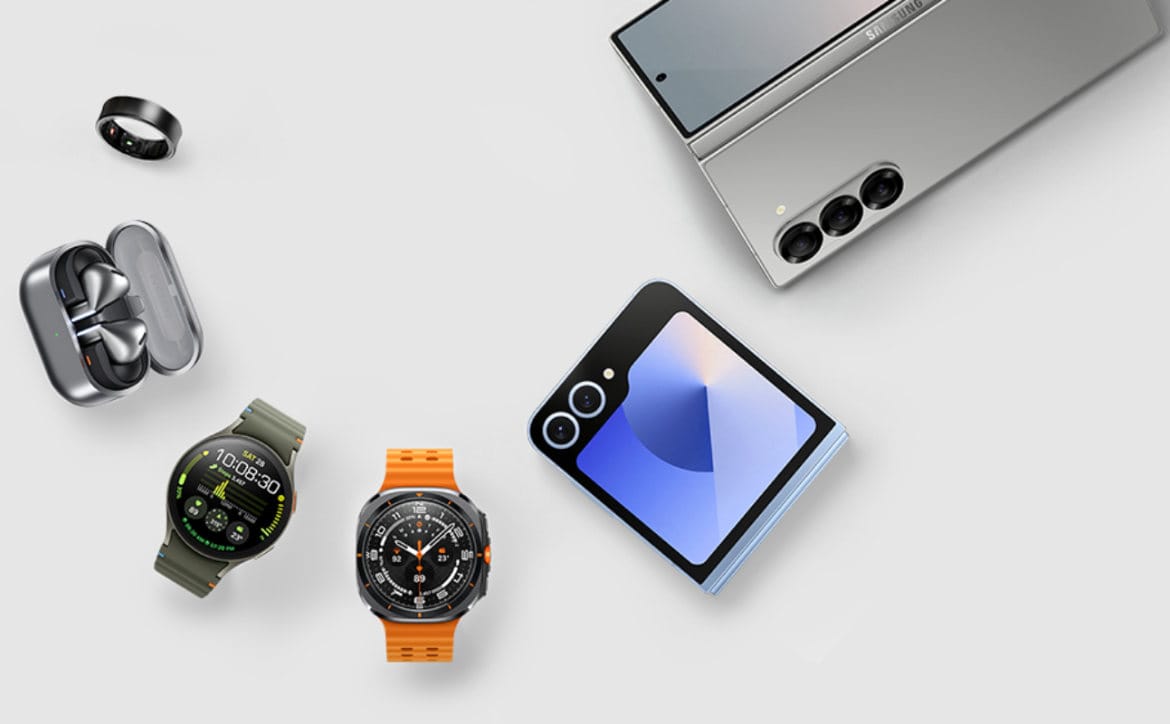


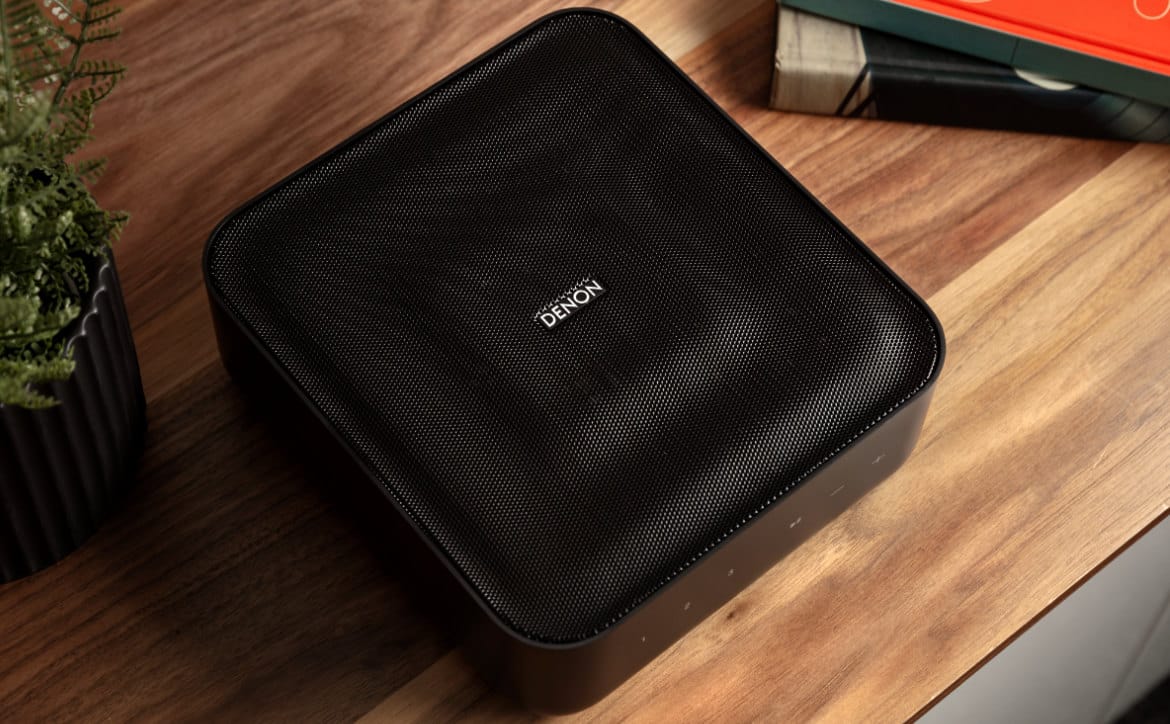

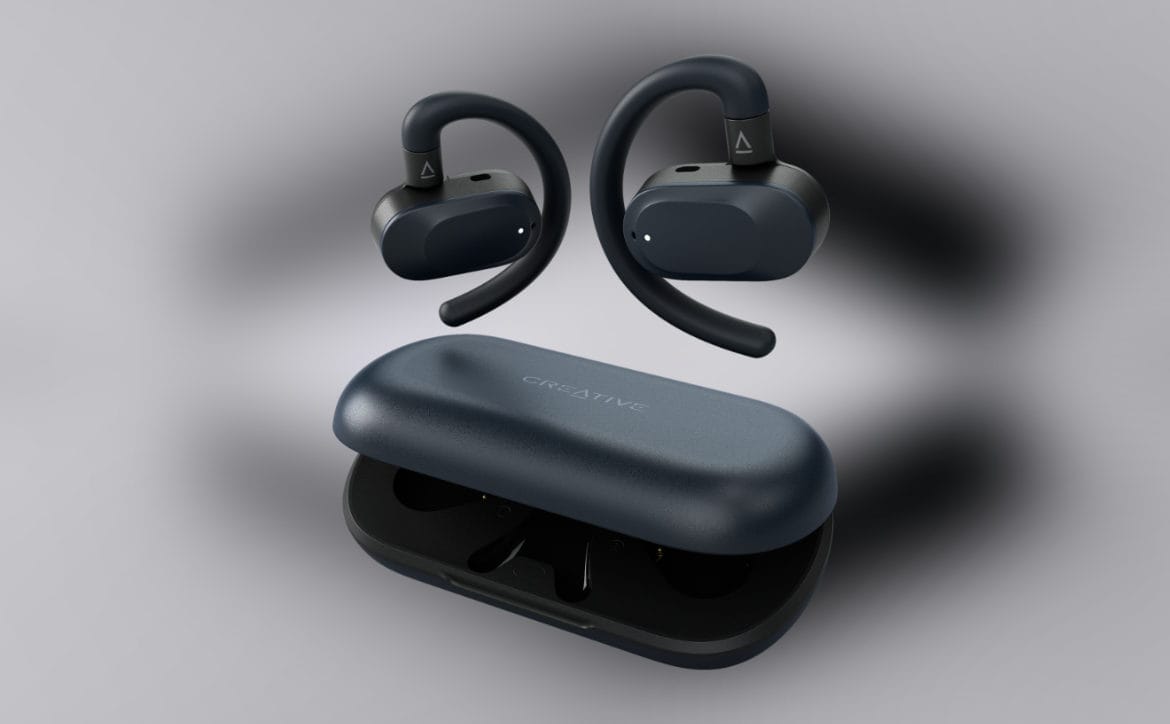
Comments are closed.